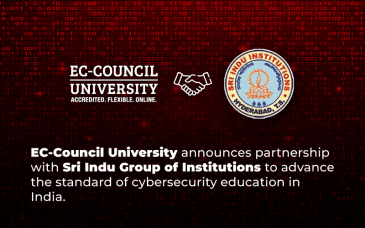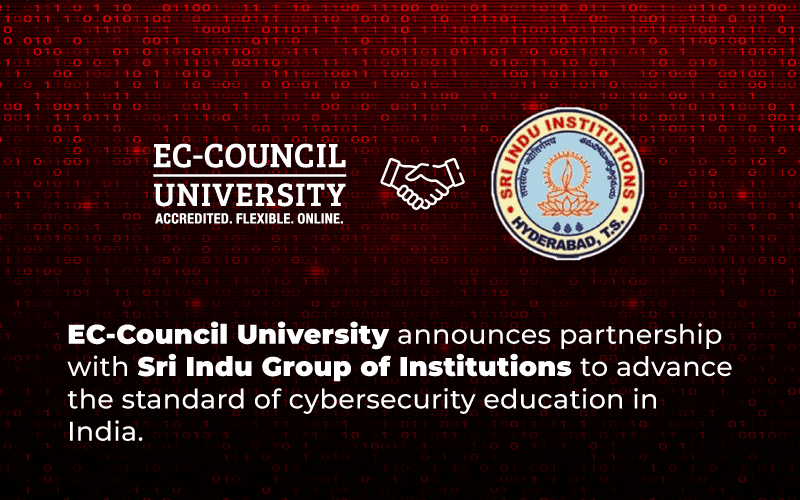Cybersecurity is an ever-evolving field that requires organizations to continuously update their practices and strategies to stay ahead of potential threats. Effective communication is crucial to any cybersecurity strategy, as it helps organizations protect themselves and their clients from potential cyberattacks. In this blog post, we’ll discuss cybersecurity best practices for effective communication in cybersecurity law, along with recent statistics highlighting the importance of these practices.
- Clear and Consistent Communication
Clear and consistent communication is essential for effective cybersecurity. Organizations must ensure that all employees understand the significance of cybersecurity and the probable risks of not following proper protocols. Establishing clear guidelines and procedures for reporting and addressing security breaches and regular training to keep employees updated on the latest threats is important. The importance of clear and consistent communication to ensure that all employees understand the importance of cybersecurity and how to protect their organization from potential threats.
- Collaboration and Information Sharing
Effective communication in cybersecurity law also involves collaboration and information sharing. This means that organizations must collaborate to share information about threats, vulnerabilities, and potential solutions. It’s important to establish relationships with other organizations, government agencies, and cybersecurity experts to stay apprised and up to date on the latest hazards. Sharing information about potential threats and vulnerabilities can help organizations stay ahead of cybercriminals and protect their client’s sensitive data.
- Transparency and Accountability
Transparency and accountability are also key components of effective communication in cybersecurity law. Organizations must be transparent about their cybersecurity practices, including the measures they take to protect their clients’ data. They must also be accountable for any breaches or failures to protect that data. If an organization experiences a data breach, they must be transparent about the breach and take responsibility for any failures to protect their clients’ data. This can assist in building confidence with clients and prevent further damage to the organization’s reputation.
- Effective Communication During a Cyber Attack
Effective communication is also important during a cyberattack. Organizations must have a strategy in position for communicating with employees, clients, and other stakeholders in the event of a breach. This includes establishing clear communication channels and providing regular updates about the status of the breach. The importance of effective communication during a breach to minimize the damage and protect the organization’s reputation. Clear communication can help mitigate the impact of a breach and build trust with clients and stakeholders.
Effective communication is a crucial component of any cybersecurity strategy. Clear and consistent communication, collaboration, information sharing, transparency and accountability, and effective communication during a cyberattack are all key components of effective communication in cybersecurity law. Recent statistics highlight the importance of these practices in today’s digital landscape, and organizations must prioritize them to mitigate the risks of cyberattacks. By implementing these best practices, organizations can protect themselves and their clients from potential threats and build trust with their stakeholders.
How can EC-Council University help with this?
EC-Council University offers a cybersecurity masters degree program that can provide individuals and organizations with the skills and knowledge needed to communicate effectively about legal and ethical issues in cybersecurity. This includes training in legal and regulatory compliance, effective communication strategies, and networking opportunities with industry professionals.
Master of cybersecurity degree focuses on legal issues that are affected by online electronic evidence, criminal conduct, and legal ramifications of neglecting trademarks, patents, copyrights, and digital rights. Topics that are covered under this course include privacy laws governing law enforcement investigations in cyberspace, laws, regulations, and international standards, and implications of cybercrimes upon the traditional notions of sovereignty.
FAQs:
Ans. Cybersecurity is crucial for businesses of all sizes. Some best practices that businesses can adopt include creating a comprehensive cybersecurity policy, providing regular training to employees, using strong passwords and two-factor authentication, updating software regularly, backing up data regularly, using encryption, limiting access to data, conducting regular security assessments, and implementing a disaster recovery plan. By implementing these practices, businesses can better protect themselves against potential threats and minimize the risks and damages of cyberattacks. Regular cybersecurity practices can help ensure the safety of business operations and confidential information and prevent financial and reputational losses.
Effective communication is essential for a cybersecurity professional for several reasons:
-
- Collaboration: Cybersecurity professionals need to collaborate with different stakeholders within the organization, such as IT teams, management, legal teams, and end-users, to ensure that the organization’s network and data are secure. Effective communication helps cybersecurity professionals to work closely with other departments and teams and to explain complex technical concepts in a way that non-technical stakeholders can easily understand.
- Risk Management: Cybersecurity professionals must communicate security risks to the organization’s management team to ensure appropriate measures are taken to address them. This includes identifying potential threats, explaining the consequences of these threats, and presenting options for mitigation.
- Incident Response: In the event of a security breach or cyberattack, cybersecurity professionals must communicate clearly and quickly to contain the threat, prevent further damage, and minimize the impact on the organization’s operations.
- Compliance Cybersecurity professionals must also communicate with regulators, auditors, and legal teams to ensure compliance with various regulations and standards, such as the GDPR or HIPAA.
Effective communication is crucial for a cybersecurity professional to work collaboratively with other departments, identify and mitigate potential risks, respond effectively to incidents, and ensure compliance with regulations and standards. It enables cybersecurity professionals to effectively communicate technical concepts to non-technical stakeholders and ensure that all stakeholders clearly understand the risks and threats facing the organization.
Here are six basic steps that an organization can take toward an effective cybersecurity strategy and program:
-
- Identify and assess risks: The first step is to identify and assess potential risks to the organization’s data and network. This involves conducting a comprehensive risk assessment to determine the potential threats and vulnerabilities.
- Develop a cybersecurity policy: Once the risks have been identified, the organization should develop a comprehensive cybersecurity policy that outlines guidelines, expectations, and procedures for all employees to follow.
- Implement cybersecurity controls: Implement cybersecurity controls that are appropriate for the identified risks and the organization’s budget. This may include firewalls, intrusion detection and prevention systems, antivirus software, and other security measures.
- Train employees: Provide regular cybersecurity training to employees to ensure that they are aware of potential threats and know how to respond appropriately. This includes training on how to identify phishing attacks, password security, and safe browsing habits.
- Monitor and review: Regularly monitor the organization’s network and data to detect and respond to potential security incidents. Review security logs and update security controls as needed.
- Continuously improve: Continuously improve the organization’s cybersecurity program by staying up-to-date with the latest threats and vulnerabilities, testing the effectiveness of the security controls, and updating the cybersecurity policy and procedures as needed.
By following these six basic steps, organizations can develop an effective cybersecurity strategy and program that can protect their data and network from potential threats and vulnerabilities.












